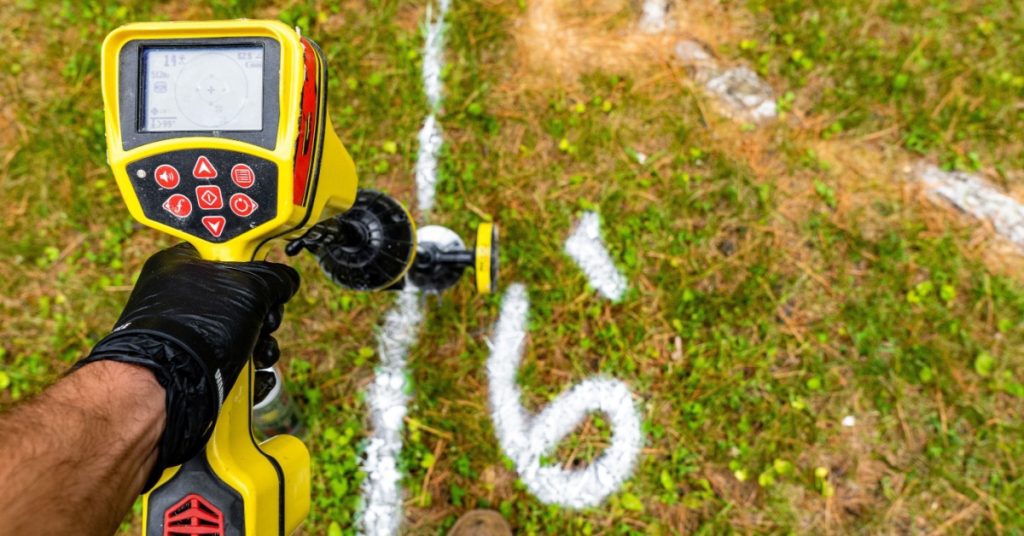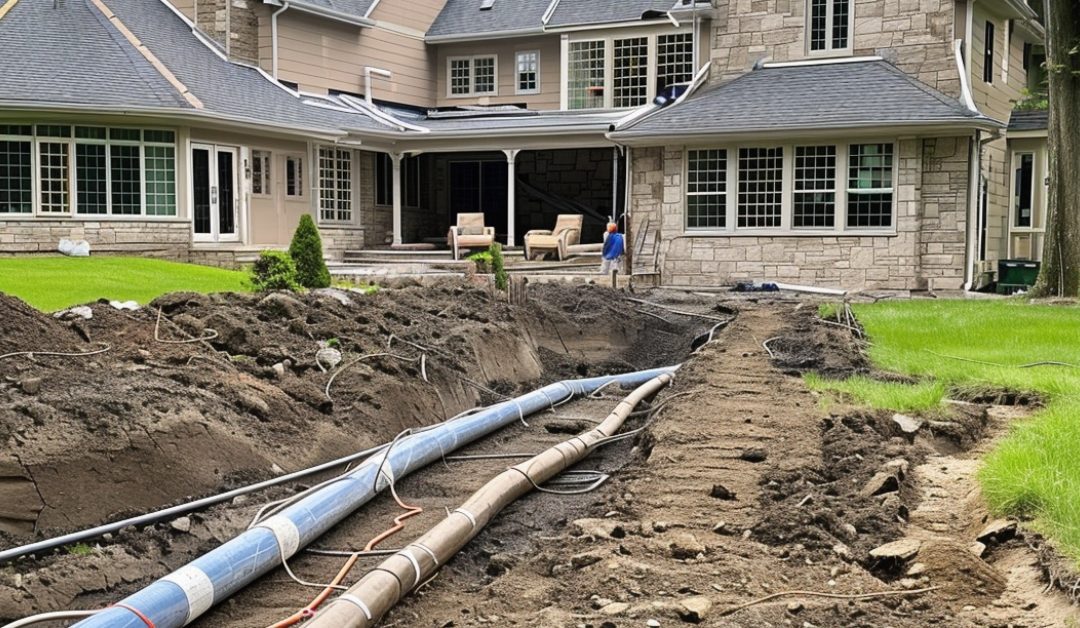Signs Your Septic Line Needs Replacement: What You Need to Know for New and Older Homes
A well-functioning septic system is essential for any home, whether a new construction or an older property. One critical aspect of septic system maintenance is the condition of the septic lines. Over time, these lines can deteriorate, leading to problems that may necessitate replacement.
In this guide, we’ll explore the signs indicating that your septic line needs replacement, considerations for both new and older homes, the process of septic line replacement, and how to choose the right contractor for the job, such as All A’s Plumbing and Heating in New Jersey.
Signs Your Septic Line Needs Replacement
Persistent Clogs
If you experience frequent clogs in your plumbing fixtures despite attempts to clear them, it could indicate a more significant issue within your septic lines. Accumulated debris, grease, or tree roots can obstruct the wastewater flow, indicating the need for replacement.
Foul Odors
A foul odor around your property, particularly near the septic tank or drain field, suggests a problem with your septic system. This odor could result from leaking sewage caused by cracked or damaged septic lines, indicating the need for immediate replacement.
Slow Drainage
Slow-draining sinks, showers, or toilets throughout your home often indicate a septic line issue. When wastewater struggles to flow freely through the pipes, it could signal a blockage or damage within the septic lines that require replacement.
Lush Grass
While a vibrant lawn is always desirable, an out-of-sorts lush and green patch of grass above your septic drain field could indicate a leak in your septic lines, one of the significant signs your septic line needs replacement. This occurs when leaking wastewater fertilizes the soil, promoting excessive plant growth and signaling the need for replacement.
Sewage Backup
The most alarming sign of a septic line problem is sewage backup in your home. If you notice sewage coming up through drains or toilets, your septic lines are failing and require immediate replacement to prevent further damage and health hazards.
Septic Line Replacement in New and Older Homes
The need for septic line replacement can arise in both new and older homes due to various factors such as age, material degradation, and improper maintenance. However, there are specific considerations for each type of property.
New Homes
- New homes are not immune to septic system issues despite being newly constructed. Poor installation practices or subpar materials can lead to premature septic line failure, necessitating replacement.
- Homeowners of new properties should familiarize themselves with the location of their septic system components and schedule regular inspections to detect any potential problems early on.
- When replacing septic lines in a new home, adhering to local building codes and regulations is critical to ensure compliance and avoid future issues.
Older Homes
- Older homes often have aging septic systems with original components that may be nearing the end of their lifespan.
- Septic lines in older homes may be made of outdated components, such as clay or cast iron, prone to deterioration over time.
- Before replacing septic lines in older homes, a qualified professional must inspect the system to assess its condition, which can determine the most appropriate course of action.
- Upgrading to modern materials like PVC or HDPE during replacement can improve the longevity and efficiency of the septic system in older homes.
Understanding the Process of Septic Line Replacement

Septic line replacement is a complex and labor-intensive process that requires careful planning and execution. Here’s an overview of the standard steps involved:
- Inspection: The first step is to inspect throughly the existing septic system, including the septic tank, distribution box, and drain field, to identify the source and extent of the problem.
- Permitting: Depending on local regulations, permits may be required for septic line replacement. Your contractor will handle the necessary paperwork to ensure compliance with applicable codes and ordinances.
- Excavation: Once the inspection is complete and permits are obtained, excavation equipment is used to access the underground septic lines. Care must be taken to minimize disruption to the surrounding landscape and property.
- Removal: The old septic lines are carefully removed to avoid damaging other septic system components. Any debris or blockages within the lines are cleared during this process.
- Installation: New septic lines, typically made of durable materials such as PVC or HDPE, are installed in place of the old ones. Proper slope and alignment are critical to ensure efficient wastewater flow and prevent future issues.
- Backfilling: Once the new septic lines are in place and inspected for quality and compliance, the excavated area is backfilled with soil and compacted to restore the landscape to its original condition.
Choosing the Right Contractor for Septic Line Replacement
When it comes to septic line replacement, hiring an experienced and reputable contractor is essential to ensure the job is done correctly and efficiently. All A’s Plumbing and Heating in New Jersey is a trusted provider known for its expertise in septic system services. Here are some factors to consider when selecting a contractor.
- Experience: Look for a contractor with extensive experience in installation and repair, particularly in septic line replacement. All A’s Plumbing and Heating boasts years of experience and a proven track record of delivering high-quality results.
- Licensing and Certification: Verify that the contractor holds the licenses and certifications required by state and local authorities to perform septic system work. All A’s Plumbing and Heating is fully licensed and insured, providing homeowners peace of mind.
- Reputation: Research the contractor’s reputation by reading reviews and testimonials from previous customers. All A’s Plumbing and Heating has built a strong reputation for professionalism, reliability, and customer satisfaction.
- Pricing: While cost is a consideration, quality and expertise must be prioritized when selecting a contractor for septic line replacement. All A’s Plumbing and Heating offers competitive pricing without compromising on the quality of their craft.
- Warranty: Inquire about any warranties and guarantees the contractor offers for their services. All A’s Plumbing and Heating stands behind their work with comprehensive warranties to ensure customer satisfaction and peace of mind.
Ensure the Longevity of Your Septic System Through Proactive Septic Line Replacement
Recognizing the signs that your septic line needs replacement is crucial for maintaining its functionality and integrity. Whether you own a new construction or an older home, understanding the process of septic line replacement and choosing the right contractor is essential for ensuring a successful outcome.
All A’s Plumbing and Heating in New Jersey is a reputable and experienced provider known for its expertise in septic system services. It is the ideal choice for homeowners needing septic line replacement. By addressing septic line issues promptly and enlisting the assistance of a qualified contractor, you can protect your home and ensure the long-term efficiency of your septic system. Contact us today.



Recent Comments